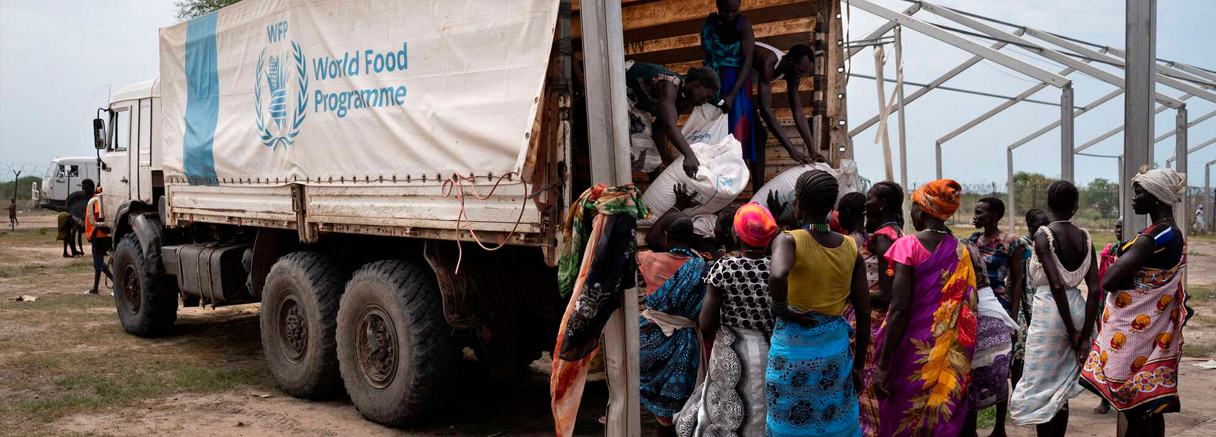Climate-Induced Losses Exceed $3.8 Trillion, Threatening Global Food Security

A recent report from the United Nations unearths a disconcerting reality: over the past three decades, climate change has relentlessly wrought havoc, siphoning away a staggering $3.8 trillion worth of crops and livestock production. This sombre figure, averaging a staggering annual loss of $123 billion, looms ominously over the global agricultural gross domestic product (GDP), constituting a disheartening five percent.
The report, titled "The Impact of Disasters on Agriculture and Food Security 2023," casts a shadow over the future, painting a bleak tableau under the relentless assault of climate change. Lower and lower-middle-income countries emerge as the most battered victims, bearing the brunt of natural disasters like floods, droughts, and extreme weather conditions. A harrowing revelation unfolds – up to 15% of their total agricultural GDP has been mercilessly wiped away by the capricious hand of calamity.
Qu Dongyu, the Director-General of the Food and Agriculture Organisation (FAO), voices the vulnerability of agriculture: "Agriculture is one of the most highly exposed and vulnerable sectors in the context of disaster risk." The sector, deeply entwined with nature's ebbs and flows, faces recurrent disasters that threaten not only food security but also the very sustainability of agrifood systems.
The economic burden looms large, with post-disaster assessments from 2007 to 2022 revealing that agricultural losses compose an average of 23% of the total impact across all sectors. Droughts, a relentless force, stand as the chief architect of despair, causing over 65% of losses in the agricultural realm. The toll mounts to an astronomical $3.8 trillion, a testament to the relentless erosion of crops and livestock over the last three decades.
Looking forward, the report foresees a dark future, as climate events continue their relentless assault on productivity, efficiency, and the livelihoods entwined with agrifood systems. Amidst the impending storm, a pressing need emerges – the enhancement of methodologies and tools to assess the negative impacts of climate change. The inadequacy of existing methods in capturing slow-onset events and non-economic dimensions complicates the challenge. The lack of a universally agreed-upon definition for loss and damage adds another layer of complexity.
Across continents, Asia bears the heaviest burden of economic losses, with Africa, Europe, and the Americas mirroring a similar magnitude. However, the disparity between economic losses and agricultural added value unveils a stark reality. Asia, despite absorbing the largest share of total economic losses, only accounts for 4% of the agricultural added value, while Africa's losses correspond to nearly 8%. The nuances ripple further across subregions, accentuating the complexity of the crisis.
Disaster events, a rising tide, have surged from a hundred per year in the 1970s to a staggering four hundred events per year worldwide in the past two decades. Not only is their frequency increasing, but their intensity and complexity portend a future where their impact worsens. The underlying drivers of disaster risk – climate change, poverty, inequality, population growth, health emergencies, unsustainable land use, armed conflicts, and environmental degradation – weave a tapestry of interconnected challenges.
Amidst this turbulence, farmers, especially smallholders reliant on rain-fed conditions, emerge as the most vulnerable. They bear the brunt of disaster impacts, necessitating the adoption of farm-level disaster risk reduction practices. The report underscores the potential, revealing that investment in such practices can outperform previous strategies by a factor of 2.2.
Outlined in the report are three pivotal priorities for action: improving data and information on disaster impacts across all agricultural subsectors, integrating multi-hazard disaster risk reduction approaches into policies, and amplifying investments in resilience. The timing is poignant, coinciding with the aftermath of COP28, where world leaders reached a landmark agreement to operationalize the Loss and Damage Fund. Pledges totaling $300 million signify a shared acknowledgment of the urgency and moral imperative to address climate change challenges.
Despite agriculture's central role in global agrifood systems, it has languished on the periphery of discussions surrounding loss and damage. The report shines a spotlight on the acute challenges faced by communities reliant on agrifood systems, including poverty, food insecurity, and limited access to services. Qu Dongyu commends the historic agreement, emphasizing that the pledges transcend financial commitments, representing a shared acknowledgment of climate change's urgent moral imperative.
On the sidelines of COP 28, more than 130 global leaders have endorsed a Food and Agriculture Declaration on sustainable agriculture, resilient food systems and climate action. The declaration already has a capital injection of 2.5 billion dollars, out of a partnership between the UAE teamed up with Bill and Melinda Gates foundation, to support food systems innovations in the face of climate change.